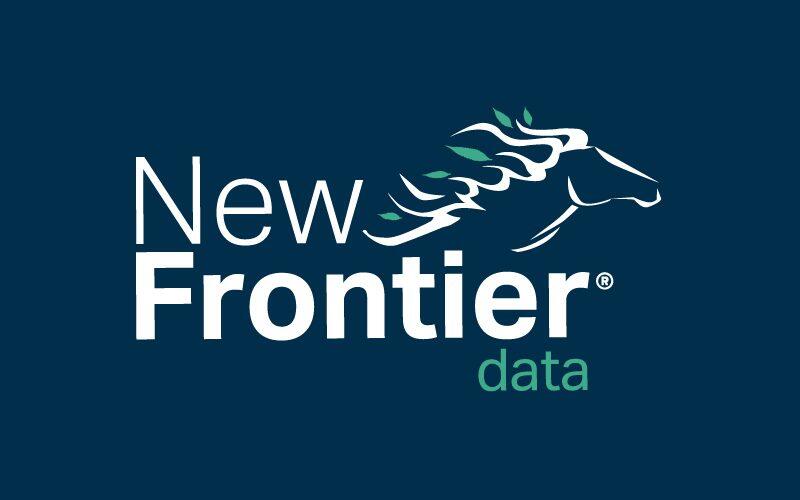Lessons from the Colorado Recreational Market’s Sixth Birthday (Part II)

Six Years of Legal Cannabis In Colorado
May 11, 2020
Six Years of Legal Cannabis In Colorado Part 2
May 18, 2020By John Kagia, Chief Knowledge Officer, New Frontier Data
In the six years since Colorado began legalized adult-use sales, the state’s cannabis industry has proven to be a fast-growing source of tax revenue, generating over $300 million in taxes and licensing fees in 2019 alone — equivalent to 1% of the state’s annual budget. The tax revenues earned have been fueled by rapid growth in the industry, which includes nearly 3,000 licensed plant-touching businesses across the supply chain employing approximately 39,000 statewide.
The adult-use market has quickly surpassed the size and scale of the state’s much older medical market: Despite sales of medical cannabis being legal since 1996, there are now some 36% more adult-use businesses than medical dispensaries (1,562 vs. 1,147, respectively).
Two main drivers of tax revenue have been a 15% retail tax rate (which has yielded $692 million over the six years), and a 15% excise tax rate generating $304 million.
Those taxes have provided a valuable infusion of revenue for myriad state programs, with Colorado’s education system being a notable beneficiary. In addition to the first $40 million of exicise tax revenues being allocated toward the state’s school building fund, in the FY2019-20 budget the state appropriated an additional $21 million for other education related inititiatives, including early literacy, dropout-prevention, and behavioral health care programs. Further, the state is using the revues to advance cannabis research, with $1.8 million channeled to Colorado State University’s Institute of Cannabis Research.
Human services programs have accounted for 33% of cannabis appropriations totaling $44 million in the FY19-20 budget. The largest allocation of those funds was dedicated toward increasing access to effective services treating substance abuse disorders, including evolution and residential treatment services ($15 million), mental health for juvenile and adult offenders ($6 million), and criminal justice diversion programs intended to keep both juveniles and adults out of the criminal justice system by providing mental health, education, and social services in collaboration with state law enforcement.
A wide range of other programs have likewise benefitted from Colorado’s cannabis revenues, including affordable housing construction grants and loans ($15.3 million), school bullying-prevention ($2 million), a military veterans’ service-to-career program ($1 million); marijuana impaired- driving awareness campaign ($950,000), and the administration of hemp regulation and seed certification ($428,000).
Following six years of growth, the tax revenues earned from a maturing market will begin to plateau as consumer demand begins to stabilize. As noted in last week’s CannaBit blog, the legal market has now captured apporoximately 80% of all demand in the state, and continued transition of currently illicit consumers into the legal market will likely be incremental. Nevertheless, due to the resilience of cannabis consumer demand, even exogenous shocks from the COVID-19 pandemic and economic recession are unlikely to significantly impact consumer spending (or by extension, state tax earnings). Thus, the recession-proof characteristics of cannabis demand will be particularly significant for the wide array of state programs which depend on the industry for their funding.
Further, as jurisdictions nationally experience acute declines in tax revenues from other sectors of the consumer economy which have seen drastic contractions as a result of the shelter-in-place orders (and the acute recession expected to follow), the potential to generate significant, stable earnings from the cannabis industry is further expected to fuel support for adult-use legalization.




